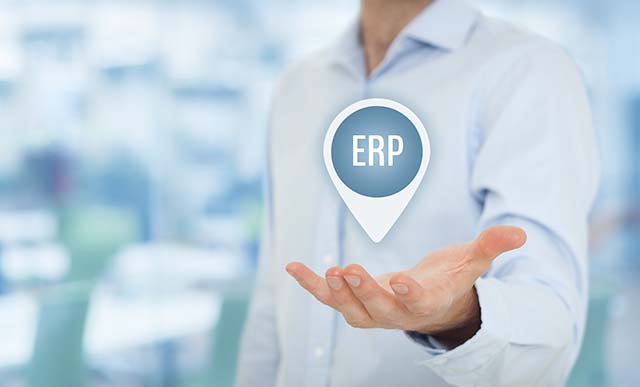Lift-and-shift migration, where a legacy ERP system is moved to a cloud infrastructure, is a common approach to IT modernization. Although this approach can yield benefits in hosting and maintenance, it often fails to address the challenge of rapidly evolving business models. This is because the core architecture of a traditional ERP, even one in the cloud, is not designed for the dynamic nature of ongoing customer relationships as businesses increasingly adopt recurring, usage-based, and hybrid revenue models.
The New ERP Design Principles
The central issue lies in the traditional design principles of ERP systems. These principles were established to manage linear transactions that are typical of a product-based economy. These transactions consist of a single order leading to a single invoice and payment. However, this structure is not equipped to manage the variable events that are a part of a subscription lifecycle.
Processes such as mid-term upgrades, downgrades, usage-based billing calculations, and prorations introduce a level of complexity that ERP billing modules cannot handle without extensive customization. This often results in a reliance on manual workarounds, which increases the risk of billing errors, revenue leakage, and a fragmented customer experience.
A Real-World Use Case
The case of 24 Hour Fitness illustrates the operational limitations of a legacy ERP in a subscription context. The gym chain’s heavily customized Oracle system could only process billing on six predetermined days of the month. This constraint created significant downstream inefficiencies, including complex manual proration calculations and delays in revenue recognition. Faced with an end-of-life system, the company opted to modernize by decoupling its billing function from its core ERP.
By integrating Zuora as a specialized billing and revenue platform, 24 Hour Fitness transitioned to a daily billing model. This change eliminated the need for complex prorations, provided the business with the agility to launch new offerings, such as an auto-renewing annual membership and improved cash flow. The transformation demonstrates that monetizing a recurring revenue model effectively requires a purpose-built platform.
The Role of a Revenue Sub-Ledger
This architectural approach introduces the role of a revenue sub-ledger, which functions as a critical component alongside the ERP. While the ERP remains the system of record for the general ledger, a platform like Zuora manages the entire order-to-revenue process for subscriptions. It automates the intricate calculations for billing and revenue recognition. It also ensures compliance with accounting standards like ASC 606 and IFRS 15.
By processing complex revenue schedules before posting summarized journal entries to the general ledger, this model provides financial leaders with the timely and accurate data required for forecasting and analysis.
Finally, this decoupled, best-of-breed architecture provides a more robust and scalable foundation for growth compared to a monolithic ERP strategy, enabling businesses to maintain financial control while adapting to evolving market demands.
What This Means for ERP Insiders
De-risk your ERP transformation by decoupling billing. Instead of customizing a new ERP to handle complex billing, integrate a specialized platform like Zuora first. As seen with 24 Hour Fitness, this approach can simplify your ERP migration by offloading the complexities of subscriptions and usage, reducing risk, and allowing your ERP to manage the general ledger.
Automate complex revenue recognition for compliance. ERP systems often require significant manual effort to keep up with subscription-specific revenue recognition standards, such as ASC 606. Zuora acts as an automated revenue sub-ledger, handling complex schedules for mid-cycle changes, prorations, and usage-based models. This ensures compliance and provides finance teams with accurate, real-time revenue data without straining the ERP.
Accelerate go-to-market with agile monetization. Launching new pricing models, bundles, or promotions in a traditional ERP can be a slow and expensive process. A dedicated platform allows you to rapidly configure and deploy any type of recurring or usage-based pricing strategy. This empowers your commercial teams to respond to market demands in days, not months, without requiring complex and costly ERP development projects.





